
Asthma
is a condition in which your airways narrow and swell and may produce extra mucus. This can make breathing difficult and trigger coughing, a whistling sound (wheezing) when you breathe out and shortness of breath
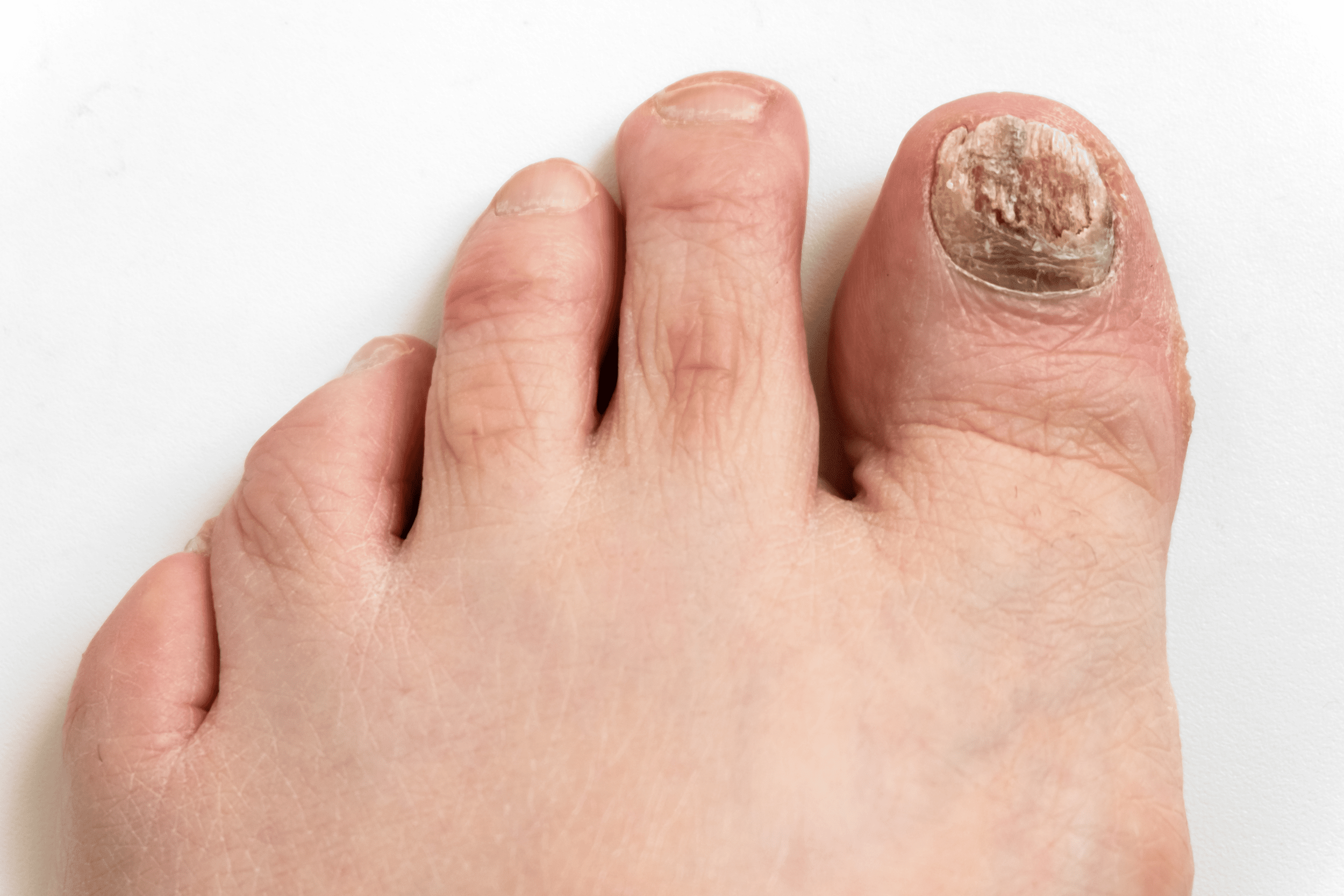
Toenail Fungus
Toenail fungus, also known as onychomycosis, is a common fungal infection that affects the toenails. It occurs when certain types of fungi (usually dermatophytes) infect the nails, causing them to become thickened, discolored, brittle, and distorted in shape.

Vitalago
Vitiligo is a skin disorder characterized by the loss of skin color in patches. It occurs when the melanocytes, the cells responsible for producing the pigment melanin, are destroyed or stop functioning. As a result, the affected areas of the skin lose their natural color and become white or depigmented.
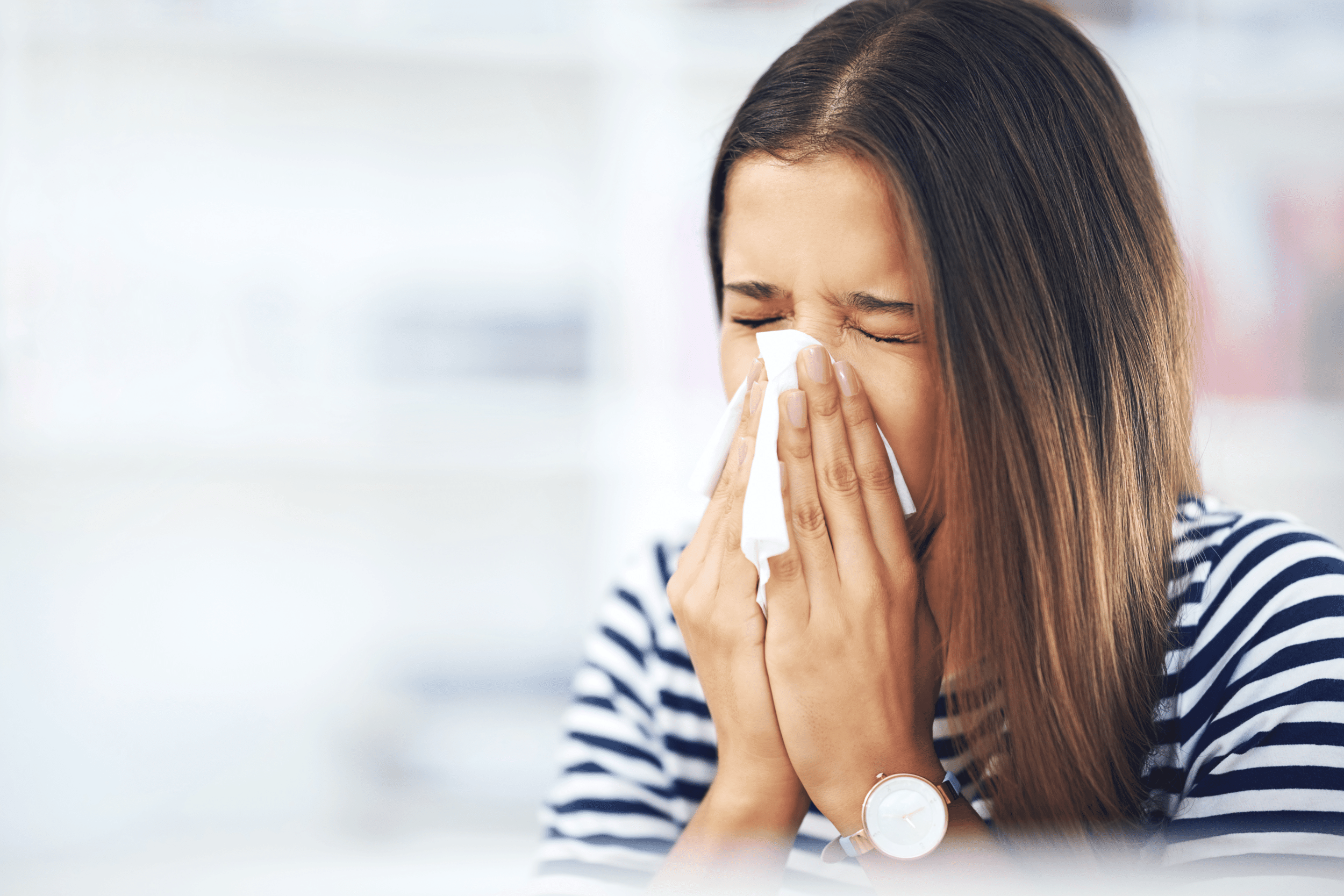
Allergies
Allergies are an overreaction of the immune system to substances that are usually harmless. These substances, known as allergens, can trigger an immune response in some individuals, leading to various symptoms. Allergies can affect people of all ages and can develop at any time during a person's life.

Diabetes
Diabetes, also known as diabetes mellitus, is a chronic medical condition that affects how the body uses glucose (sugar) as its primary source of energy. Glucose comes from the food we eat and is transported to cells through the bloodstream. In order for glucose to enter the cells and be used for energy, the hormone insulin is required.
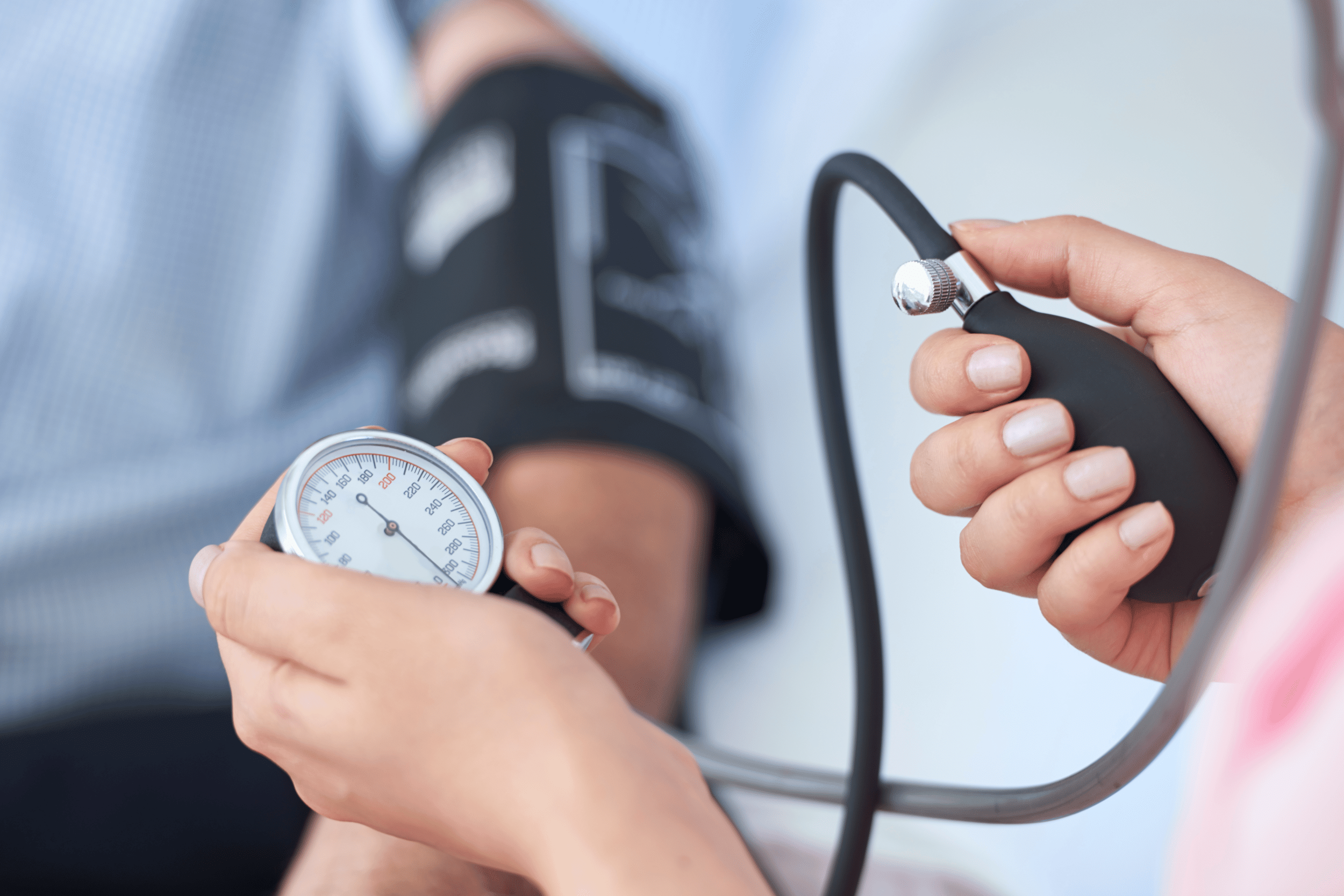
High Blood Pressue
High blood pressure, also known as hypertension, is a common medical condition in which the force of blood against the walls of the arteries is consistently too high. Blood pressure is measured in millimeters of mercury (mmHg) and is expressed as two numbers, such as 120/80 mmHg. The first number (systolic pressure) represents the pressure in the arteries when the heart contracts and pumps blood, while the second number (diastolic pressure) represents the pressure when the heart is at rest between beats.

Helicobacter Pylori Treatment
H. pylori stands for Helicobacter pylori, which is a type of bacteria that can infect the stomach lining and the upper part of the small intestine. H. pylori is one of the most common bacterial infections in humans and is estimated to infect over half of the world's population. H. pylori is primarily transmitted through oral-oral or fecal-oral routes, usually during childhood. The exact mode of transmission is not fully understood, but it is believed that contaminated food, water, or utensils may play a role in its spread.

High cholesterol
High cholesterol, also known as hypercholesterolemia, is a condition characterized by elevated levels of cholesterol in the blood. Cholesterol is a waxy, fat-like substance that is found in the cells of the body and is essential for various bodily functions, including hormone production and the formation of cell membranes. However, when cholesterol levels become too high, it can lead to the buildup of plaque on the walls of the arteries, a condition known as atherosclerosis.

Lyme Disease
Lyme disease is a tick-borne infectious disease caused by the bacterium Borrelia burgdorferi. It is primarily transmitted to humans through the bite of infected black-legged ticks (also known as deer ticks) that are carrying the bacteria. Lyme disease is most commonly found in regions with dense woods, grassy areas, and areas with wildlife, where ticks thrive.
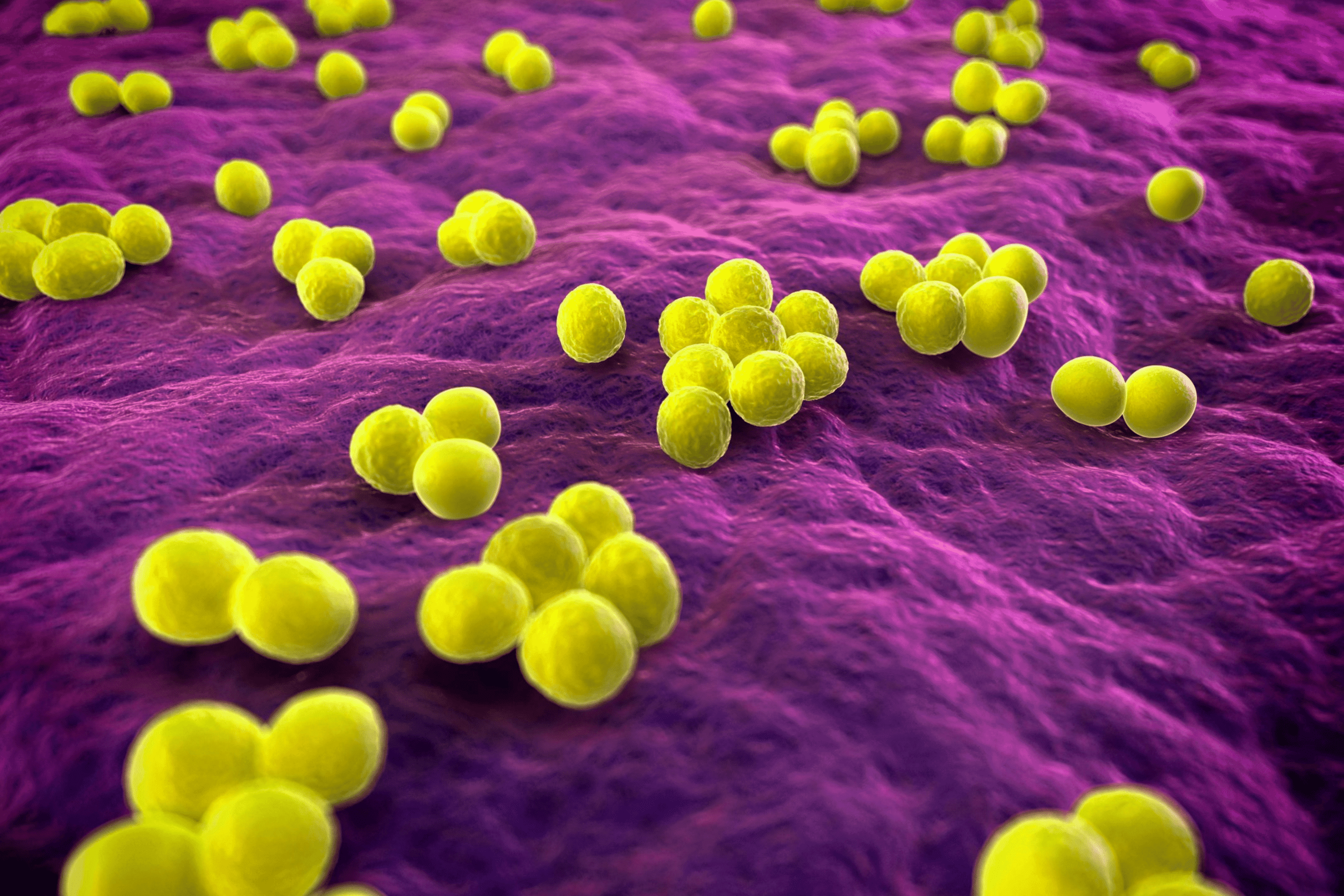
Methicillin-resistant Staphylococcus Aureus (MRSA)
Staphylococcus aureus, commonly known as staph, is a bacteria that can live harmlessly on the skin and in the nasal passages of many healthy individuals. However, when the bacteria enter the body through cuts, wounds, or surgical sites, they can cause infections. MRSA is particularly concerning because it has acquired resistance to multiple antibiotics, making it more difficult to treat.
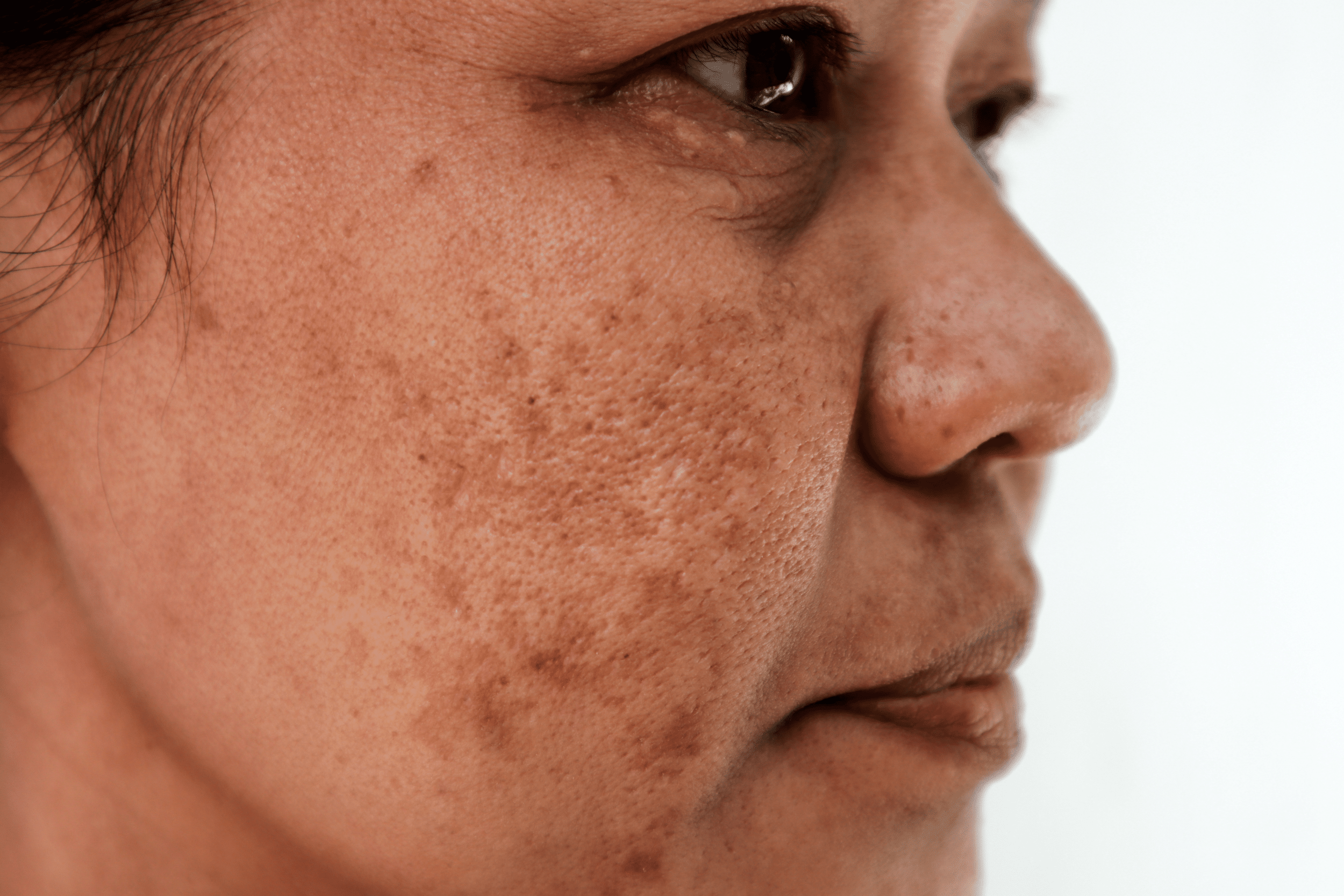
Melasma
Melasma is a common skin condition characterized by the development of dark, discolored patches on the skin. These patches typically appear on the face, particularly on the cheeks, forehead, upper lip, and chin, but they can also occur on other areas of the body exposed to sunlight, such as the neck and arms. Melasma is more common in women than men and is often associated with hormonal changes, particularly during pregnancy (chloasma or "mask of pregnancy") or when taking certain hormonal medications like birth control pills.
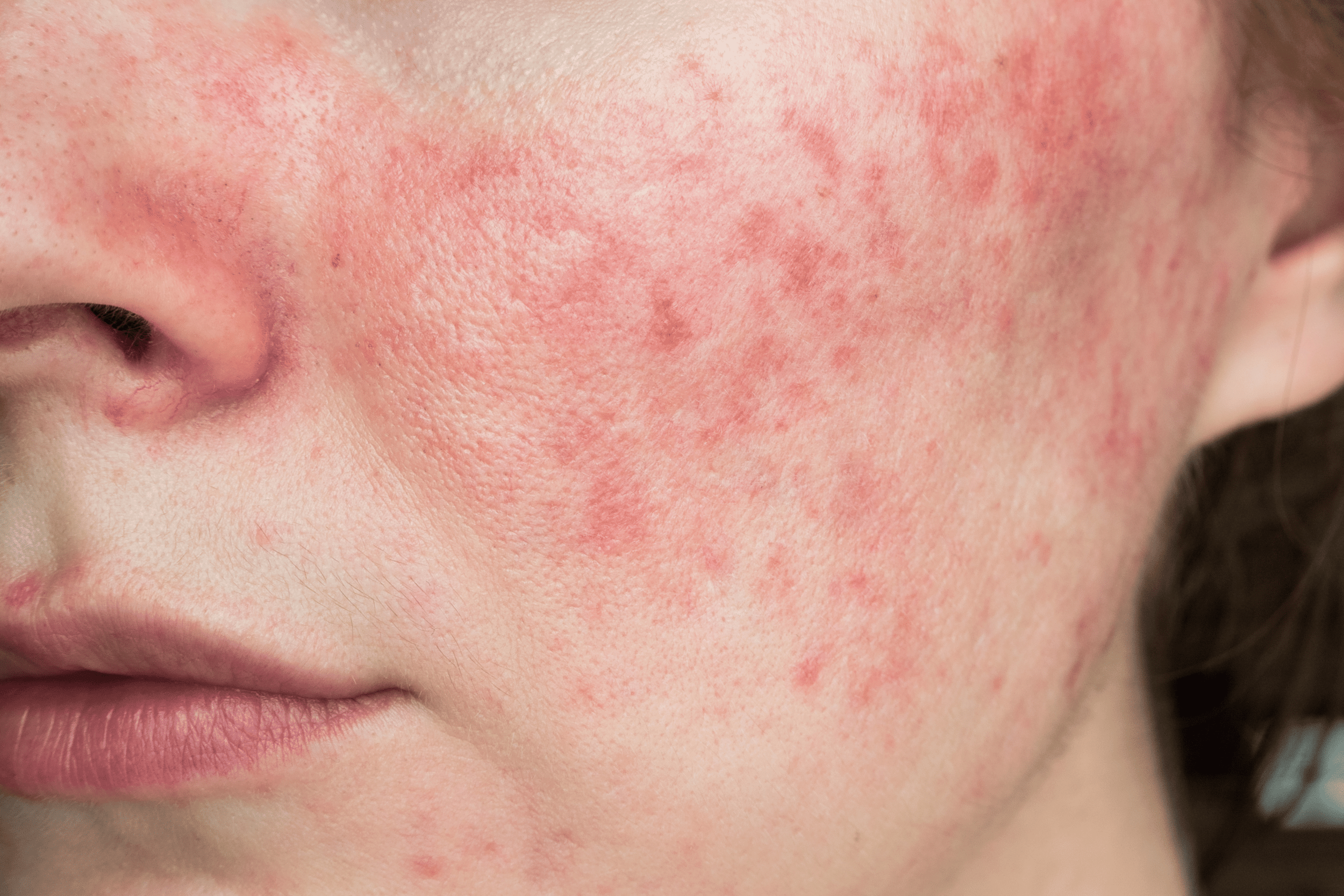
Rosacea
Rosacea is a common chronic skin condition that primarily affects the face, causing redness, visible blood vessels, and sometimes pimples and swelling. It typically starts with episodes of flushing and redness, which can eventually become more persistent and permanent over time.

Overactive Bladder (OAB)
Overactive bladder (OAB) is a medical condition that refers to a frequent and urgent need to urinate, often accompanied by involuntary bladder contractions, even when the bladder is not full. It can lead to a sudden and uncontrollable urge to urinate, which may be difficult to suppress, and can sometimes result in urinary incontinence (leakage of urine).

